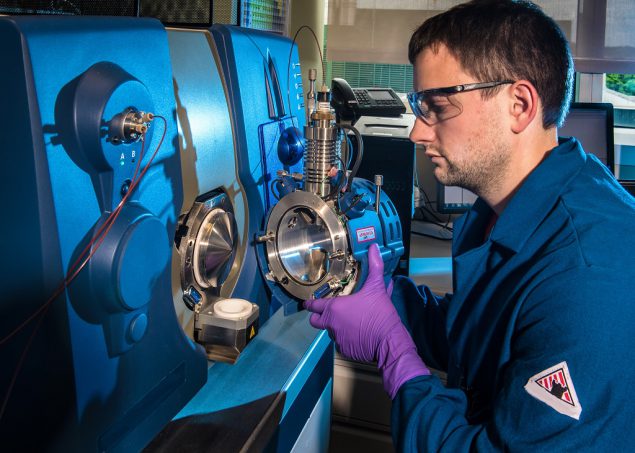LRN-C Local Response Stories
Sulfur Mustard in Massachusetts
In 2010, a fisherman was hospitalized after an accidental exposure to buried World War I munitions off the coast of New Bedford, MA. The Massachusetts LRN-C Level 1 laboratory was able to detect exposures to high threat chemical agents. The patient tested positive for exposures to Lewisite and sulfur mustard, which are both known blister agents.
Fungicide in Minnesota
In 2016, during the renovation of a historic courthouse in Minnesota, nine construction workers exhibited symptoms consistent with exposure to tear gas. The Minnesota LRN-C Level 1 laboratory was able to leverage its chemical threat testing capacity to identify chloropicrin as the causative agent. Chloropicrin is a known fungicide and chemical warfare agent commonly used in the 1920s as a part of theft deterrent devices in bank vaults.
Rodenticide in Synthetic Marijuana
In 2018, following six suspected hospital cases of synthetic marijuana poisonings, the Wisconsin LRN-C Level 1 laboratory rapidly developed a test method for blood samples to detect the anticoagulant brodifacoum. Brodifacoum is a highly lethal poison was originally designed for use as a rodenticide (rodent poison). The anticoagulant was presumed to be added to the synthetic marijuana to enhance euphoric effects. The outbreak consisted of more than 200 reported hospital cases in at least 10 states nationwide.
